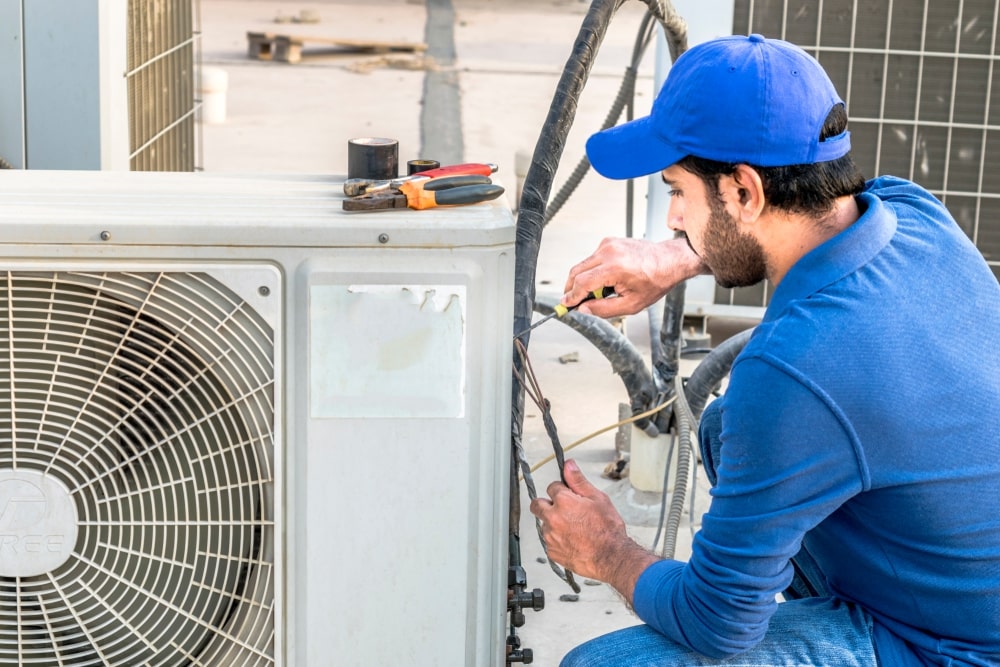In terms of maintaining a comfortable home, your HVAC system takes a crucial role. HVAC, which stands for heating, ventilation, and air conditioning, is essential for regulating indoor air quality and temperature year-round. However, like any other system in your home, HVAC units have a finite lifespan and may require replacement. Understanding when to replace your HVAC system can prevent you time, money, and unnecessary discomfort.
Several important indicators can guide you in your decision. From increasing energy bills and unusual noises to inconsistent temperatures and age-related concerns, understanding the signs that your HVAC system may be failing is vital. By staying informed about these indicators, you can ensure that your home remains a welcoming sanctuary no matter the season, while also selecting the right options when the time comes to invest in a new system.
Understanding Heating, Ventilation, and Air Conditioning Solutions
HVAC is an acronym for heating, ventilation, and air conditioning, which are essential elements for ensuring a suitable indoor atmosphere. These systems manage heat levels, moisture, and indoor air conditions, playing a key role in home and business environments. Knowledge of HVAC systems can assist property owners and business owners make informed decisions about their needs and ensure maximum comfort in all seasons.
Heating components generally include furnaces, heat pumps, or boilers, depending on the property's design and local weather. Cooling generally consist of AC units or swamp coolers that work to reduce indoor heat levels during warmer months. Ventilation is the method of swapping indoor air with outdoor air, which ensures fresh air circulation and aids eliminate indoor contaminants. In tandem, these elements create an holistic system that enhances overall satisfaction and energy effectiveness.
Regular maintenance and prompt upgrades to HVAC systems are crucial to their performance and durability. Through keeping these systems in optimal condition, you can avoid frequent problems and ensure a safe indoor environment. Knowing how each component works in concert is the initial step toward making the most suitable choices for your residence or commercial heating and cooling requirements.
Common HVAC Issues and Resolutions
Numerous homeowners face problems with their HVAC systems at some point. One typical issue is poor heating or cooling. This can often be traced back to unkept air filters, which restrict airflow. Consistently changing or cleaning the air filters can greatly improve the efficiency of your system. If this doesn’t fix the issue, checking the vents for obstructions or examining the ductwork for leaks may be required.
Another frequent issue is unexpected noises coming from the HVAC unit. Clattering, buzzing, or squealing sounds can suggest that a problem is amiss. Detached AC company , such as screws or mounts, might be responsible for these noises. Tightening those parts or scheduling a professional inspection can help avoid further damage. In some cases, the problem could be related to worn-out motors or belts, which would need to be replaced.
Temperature controller problems can also lead to frustration with HVAC performance. If the system operates when it shouldn’t or fails to start, the thermostat may need recalibration or substitution. Additionally, smart thermostats can offer better control and scheduling options, enhancing comfort and energy efficiency. Making sure that the thermostat is placed in an area with representative temperature readings is also crucial for performance.
When Replace Your HVAC System
Determining the right time to replace your HVAC unit can be difficult, yet you'll find clear signs pointing to it may be time for a new unit. One significant sign is the tan of the system. Most HVAC units have a lifespan of about 15 to 20 years. When your unit is getting close to or exceeding this age, the efficiency may decline and likely to experience breakdowns, which can lead to increased repair costs and energy bills. Investing in a new system can provide better efficiency, reliability, and comfort.

Continual repairs are another key indicator of the need for replacement. If you find yourself requesting repairs many times a year, particularly for significant issues, it could be wise to replace the system. Additionally, if repair costs are adding up to over 20 percent of the cost of a new unit, you should think about an upgrade. Newer systems are often equipped with state-of-the-art technology which significantly decreases the need for repairs and boost performance overall.
Energy efficiency holds importance in today’s environmental and financial landscape. If your energy bills continue to rise despite consistent maintenance, this could mean that your HVAC unit is no longer operating at peak efficiency. Upgrading to an eco-friendly model can yield significant savings in the long run, not only in utility costs but additionally in reduced environmental impact. Moreover, modern HVAC systems may qualify for energy rebates or rebates, making them an even more appealing option for homeowners looking to upgrade.
